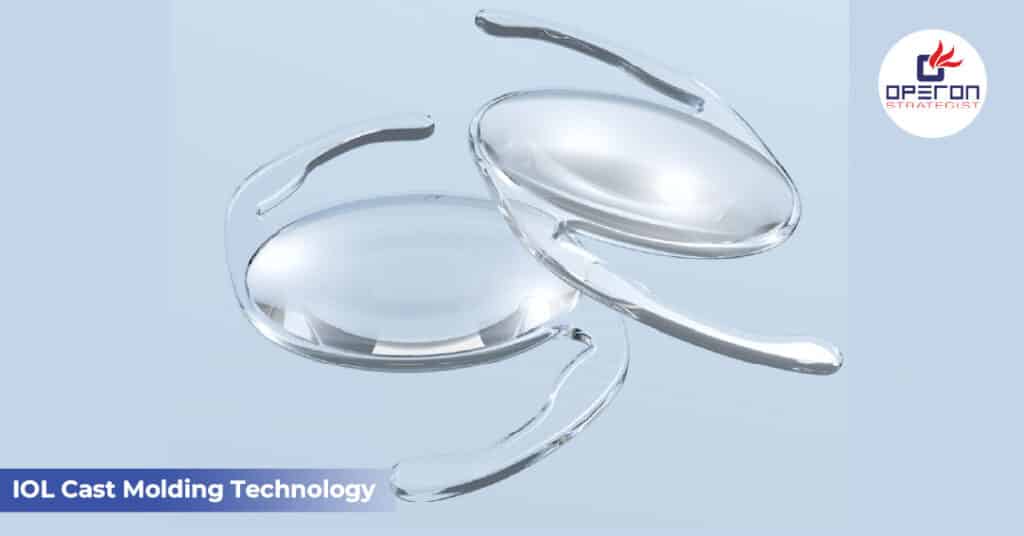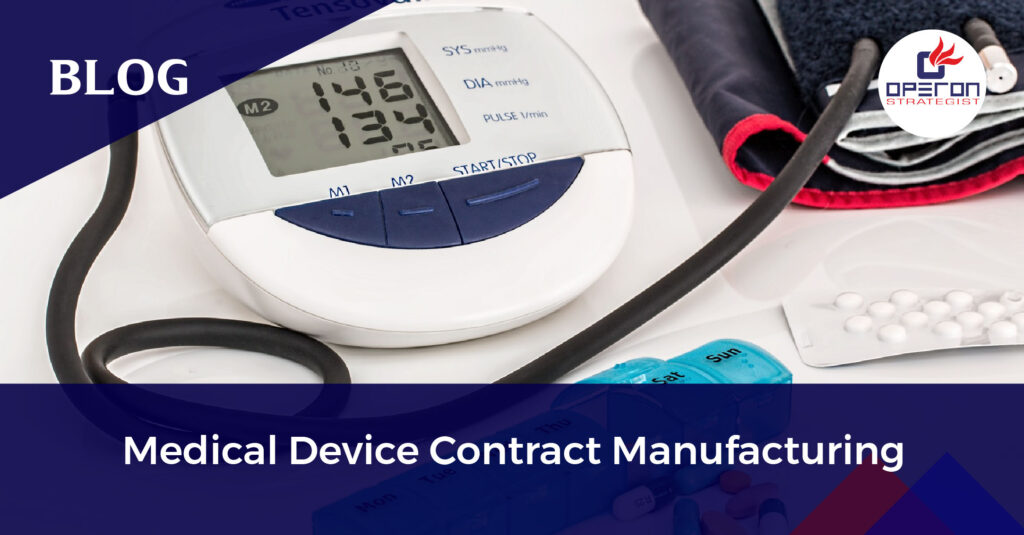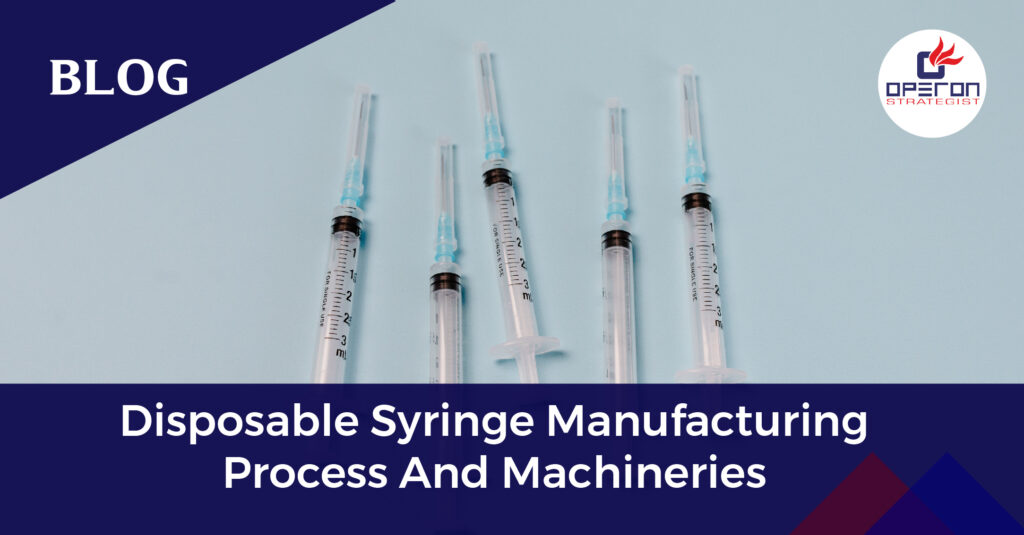Introduction:
IOL Cast Molding Technology is reshaping the way intraocular lenses (IOLs) are produced by offering precision, repeatability, and efficiency. As cataract surgeries increase globally and demand grows for advanced visual correction, manufacturers are turning to cast molding to meet strict quality and regulatory expectations.
Unlike traditional lathe-cutting methods, cast molding allows mass production of high-quality IOLs with complex optical designs, including toric, multifocal, and aspheric lenses. In this article, we’ll explore what IOL Cast Molding Technology is, why it’s becoming the gold standard in ophthalmic manufacturing, and how expert consultants help companies bring these products to market compliantly.
Looking For a Medical Device Regulatory Consultant?
Invest in the Future with IOL Cast Molding Technology
IOL Cast Molding Technology is setting a new benchmark in intraocular lens manufacturing. It brings together accuracy, cost-efficiency, and compliance to meet the growing global need for high-performance vision correction devices.
By adopting cast molding and partnering with a regulatory expert, manufacturers can streamline production, accelerate approvals, and confidently deliver world-class IOLs.
What is IOL Cast Molding Technology?
IOL Cast Molding Technology is a manufacturing process where liquid polymer is injected into precision molds and cured to form intraocular lenses. This technique ensures consistent lens geometry, better surface finish, and minimal material waste — all while supporting large-scale production.
The method is ideal for producing modern IOLs made from hydrophobic and hydrophilic acrylic materials, which must meet tight optical tolerances and biocompatibility standards.
Step-by-Step: The IOL Cast Molding Process
- Design & Fabrication of Molds
High-precision molds with exact curvature are created to define the optical power and shape of the IOL. - Polymer Preparation
Medical-grade polymers with UV-initiators and additives are prepared to enhance clarity and durability. - Injection into the Mold
The polymer is injected under controlled pressure to ensure bubble-free filling. - UV or Thermal Curing
The injected material is cured to achieve solid, stable lens properties. - Lens Removal & Edge Polishing
After curing, lenses are demolded, polished, and edge-finished to meet surgical safety standards. - Final Quality Checks
Each lens undergoes visual, optical, and dimensional inspection before packaging and sterilization.
Why IOL Cast Molding Technology is the Future
- Unmatched Reproducibility
Cast molding allows mass production of identical lenses with minimal variation — critical for patient safety and satisfaction. - Superior Surface Finish
The smoothness of cast-molded lenses minimizes light scattering and enhances post-operative vision quality. - Complex Lens Designs
IOL Cast Molding Technology supports advanced designs like multifocal and toric lenses, which are not feasible with traditional cutting methods. - Faster Time to Market
With efficient material use and automation potential, manufacturers reduce production costs and scale faster. - Compliance-Ready Manufacturing
Cast molding offers controlled, documented, and validated processes — making it easier to meet CDSCO, EU MDR, and FDA 510(k) regulatory requirements.
Market Growth Driving Cast Molding Adoption
The global demand for IOLs is rising rapidly due to:
- Aging population and increased cataract cases
- Growing interest in premium IOLs for better vision correction
- Surge in refractive surgeries in India, Southeast Asia, and Latin America
- Government healthcare initiatives promoting cataract surgery access
Manufacturers investing in IOL Cast Molding Technology are better positioned to meet this demand with high-quality, scalable, and cost-effective solutions.
Regulatory Requirements for IOL Manufacturers
Since IOLs are classified as Class C or Class III medical devices, strict compliance is required in most countries:
India – CDSCO Classification
- IOLs fall under Class C
- Require ISO 13485:2016 QMS
- Application via Form MD-7 or MD-9
- Performance & clinical safety data required
EU – MDR 2017/745
- IOLs are Class III devices
- Requires CE Marking via Notified Body
- Includes clinical evaluation, PMS, and UDI compliance
Read more about Medical Device Classification in Europe
USA – US FDA 510(k)
- Regulated under 21 CFR 814 – PMA Pathway
- Involves clinical trials and extensive product testing
- Requires quality system regulation (QSR) compliance
Navigating these complex pathways requires technical know-how, documentation expertise, and regulatory strategy — which is why partnering with a consultant is critical.
Need help setting up your IOL manufacturing unit?
How Operon Strategist Supports IOL Manufacturers
Operon Strategist is a trusted name in medical device regulatory consulting, offering specialized services for setting up IOL manufacturing units with cast molding technology. Their services include:
- Turnkey plant layout and cleanroom setup
- Support with ISO 13485 implementation
- Regulatory filing for CDSCO, CE, and FDA 510(k)
- Documentation for technical files and product dossiers
- Process validation, labeling, and sterilization support
Whether you are a startup entering ophthalmic device manufacturing or an established company expanding into cast molding, Operon Strategist ensures end-to-end compliance and faster market access.
- adminhttps://operonstrategist.com/author/admin-2/
- adminhttps://operonstrategist.com/author/admin-2/
- adminhttps://operonstrategist.com/author/admin-2/
- adminhttps://operonstrategist.com/author/admin-2/




